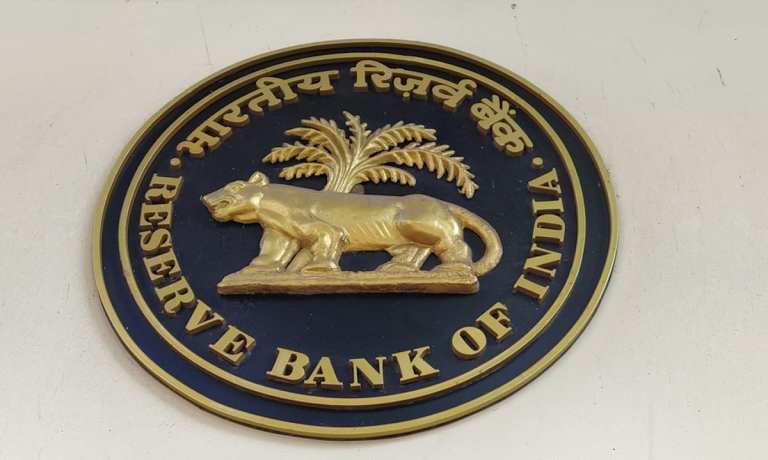India’s Digital Payments Soar; Reserve Bank Launches Tracking Index

It’s been more than four years since India instituted its most recent demonetization policies. We’re a long away from the fall of 2016, when the administration under Prime Minister Narendra Modi announced the economic policy where 500 and 1,000 rupee notes would be demonetized.
Among the stated goals were – and still are – to combat tax evasion. And along the way, debit card, credit card and mobile wallet usage have, not surprisingly, gained traction. But getting a sense of the scale and reach of those non-cash conduits of commerce is a sizable undertaking in an economy estimated at roughly $2.6 trillion USD.
As the new year dawned, the Reserve Bank of India announced that it is rolling out its Digital Payments Index, aimed at tracking the growth in cashless transactions done domestically. The bank said in a Jan. 1 release that the index, weighted across five parameters, will “capture the extent of digitization of payments across the country” on a semi-annual basis.
Drilling down into the parameters, the five constructs include payment enablers (25 percent weighting), infrastructure (15 percent supply side, including bank branches, ATMs and QR codes; 10 percent focus on demand-side factors, such as debit and credit cards); payment performance (45 percent of the weighting, with digital payments volume and cash withdrawals among the sub-parameters).
The bank stated that the index has been constructed with March 2018 as the base period, and noted that the March 2020 and 2019 measurements work out to a respective 207.8 and 153.4. As is common with such composite index measurements, readings above 100 indicate growth.
As noted in this space during the fall of 2020, the index had been in the works for a while. T. Rabi Sankar, executive director of the bank, said in a U.S.-India Business Council webinar in September that digital payments in the country are quickly expanding. But penetration remains low among populations that could especially benefit from using them, per reports. Other research bears out the growth of digital transactions in India.
UPI – and Beyond
Since its 2016 debut, the country’s Unified Payments Interface (UPI), the instant payment system developed by the National Payments Corp. of India (NPCI) that facilitates inter-bank transactions, has given a tailwind to online payments. As reported, the platform’s transaction volume soared to a record 1.34 billion in June of 2020. Separately, S&P’s analysis revealed that Indian mobile payment transactions grew 163 percent to $287 billion in 2019. In terms of individual corporate efforts, Walmart-owned PhonePe, a digital payment provider, has 250 million users, as reported last month. The company also noted that October marked 100 million monthly active users, 2.3 billion app sessions and 925 million transactions, with a reported market share of 40 percent for standard transactions done digitally.
The stage is set for a renewed push into card-based payments, as the RBI has said that the upper limits for contactless payments would be increased to 5,000 rupees from 2,000 rupees, effective this year, as reported in the Economic Times. Separately, the real-time gross settlement system (commonly known as RTGS) for large value transactions will be available 24/7 this year.
Read More On India:
- Google Reportedly Eyes $250 Million Fundraise for India’s Glance
- Report: Apple Accused of Abusing App Store Position in India
- Flipkart Adds New Bill Pay, Recharge Options to eCommerce Platform
- Report: Paytm Gets OK to Invest in Payments Subsidiary